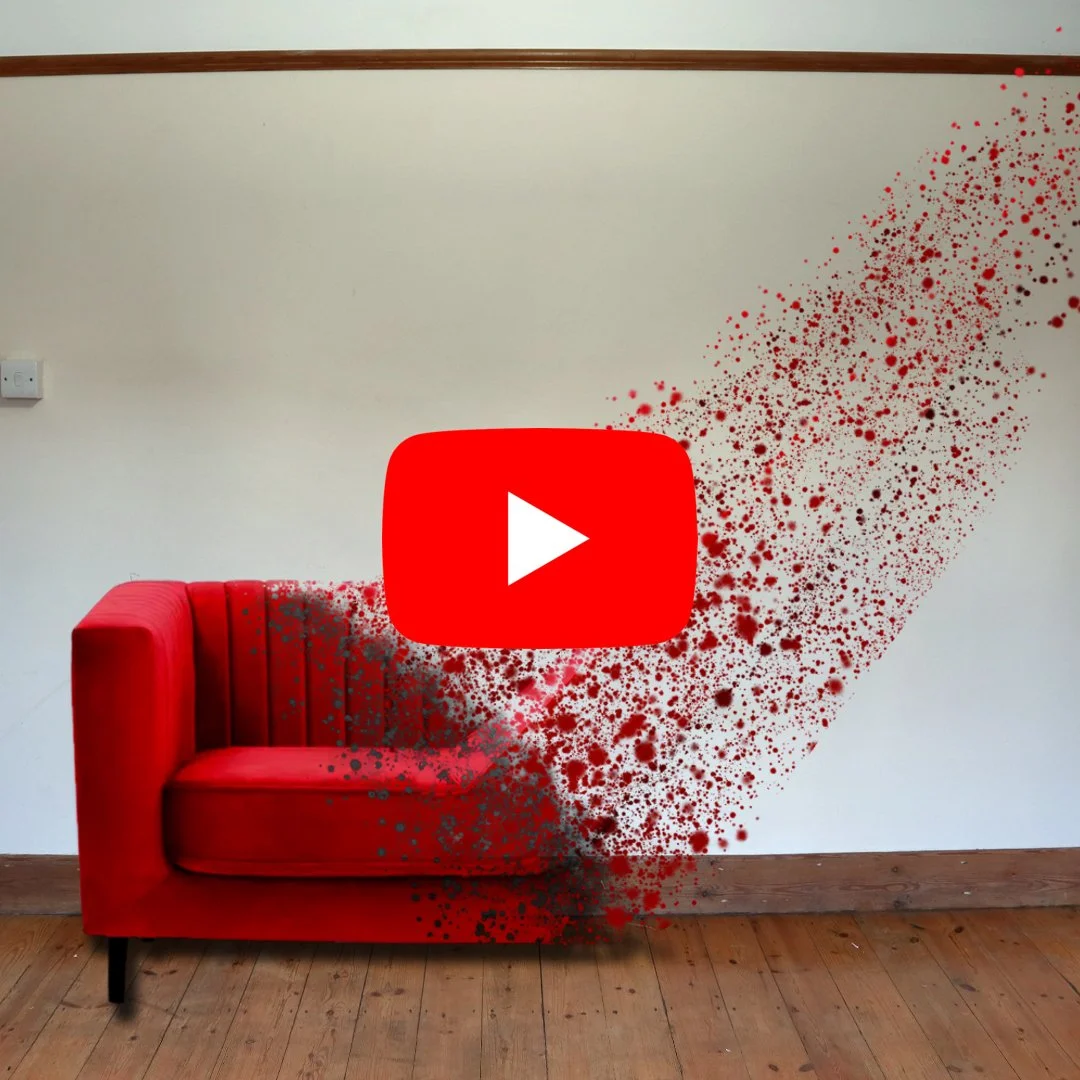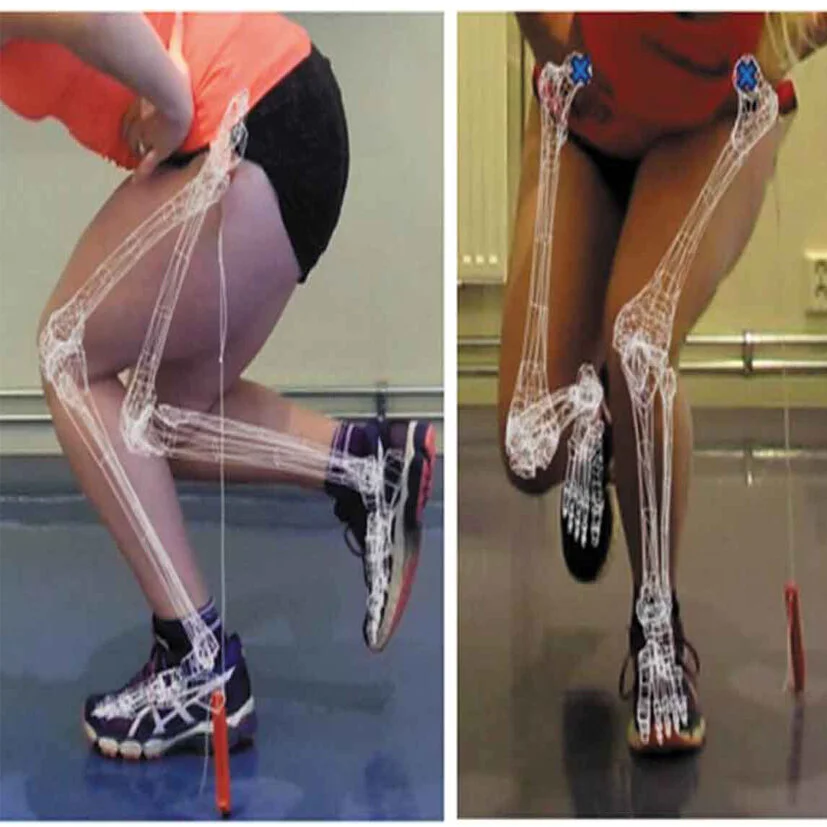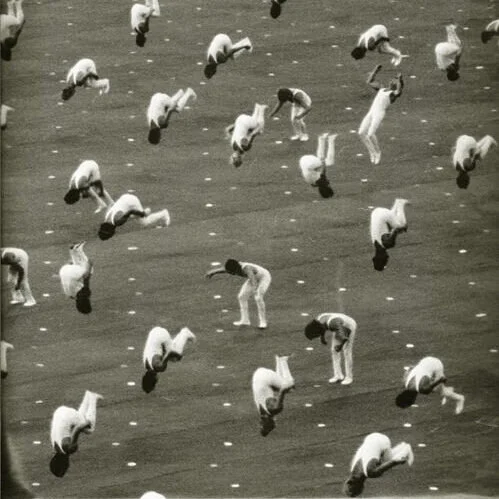Are Video Calls Wearing you Out?
Technology, for me, has always been a double-edged sword. As much as there’s a benefit to it there is always a cost, whether that be environmental, social or physiological. The past few weeks has seen a seismic shift in how a lot of people work, many working remotely for the first time and, combined with the closure of places we traditionally socialise (places of worship, bars, cafés, gyms), many of us are feeling worn down by screen time.
As much as the media is touting the seamless transition from physical happy hours to virtual happy hours, I can’t help but think that there is something amiss. Perhaps it’s the lag that can happen with an internet connection, leading to people accidentally talking over each other and then both going silent to let the other one speak. Or the way many of us look at the screen instead of the webcam, never making eye contact.
Despite the rhetoric of technology companies, we cannot escape the reality that we are mammals and experience reality through our senses. We take information from these, whether it is the smell of people or places, the physical touch of those around us or the subtle body language cues we extract from our environment. Putting aside from the privacy and data protection concerns, technologically mediated social interaction is a poor substitute for real world connection.
Online versus embodied connectivity
Psychoanalyst Sherry Turkle coined wrote a book titled ‘alone together’ and in it elaborates how technology is shaping our modern relationships: with others, with ourselves, with it. She describes the uncanny sense of anti-presence when we are online with others; whether this is related to the limited context that each party sees of the other, or the simple lack of full sensory data, we don’t yet know.
There are plenty of benefits to technology; however I personally don’t think it is the panacea presented to us and, by acknowledging its limitations, it allows us to see what we can do to improve the experience we have with it. It is not the same and cannot replicate completely the full spectrum of human interaction and pretending it is exactly the same as socialising in person may end up exacerbating feelings of loneliness, disconnection and feeling disembodied.
With this in mind, here’s three things that can help ameliorate your time in quarantine:
i. Check in with yourself
Despite the sentiment that we are ‘all in this together’, everyones’ situation is different. For some, not much has changed and they go to their job much as before. Others have lost their job and are struggling, some are working from home and doing their best to home school their children. When this moment passes some of us will emerge worse off, others better off.
During this time, I’ve severely limited my exposure to all types of media and done due diligence on who I choose to listen to. I’ve maintained a Mainstream Media fast and kept Social Media to a minimum. This has meant that my idea of normal isn’t the same as if I’d been exposed to the narratives presented on those platforms. Social media presents the best version of ourselves and, during this time, I feel it’s not representative at all of how we’re coping. I log out thinking how productive, positive and happy everyone else in the world is and I have to remind myself this is only part of their story.
We can’t heal what we don’t acknowledge and many of us are looking to distract ourselves from this present moment through endless calls to others or bingeing on food or Netflix (granted, my cake quota went through the roof in the first couple of weeks).
Irene Lyon has some wonderful somatic exercises on her YouTube channel where she gently guides you into being able to sit with the powerful emotions we’ve all recently experienced, be it denial, fear, grief, panic, anxiety, overwhelm or even judgement. Facing ourselves is the first action towards healing, and tuning into what we feel creates the space where we can understand what we need and what’s good for us. Accepting every opportunity to connect because we think we have to or can’t bear ourselves isn’t going to lead to a good outcome.
Psychologist Doreen Dodgen-Magee writes, ‘to stay healthy, we must take our own internal-well-being ‘temperature’ before we simply say ‘yes’ to every opportunity to connect. We must also realize that our needs and desires for connection in digital spaces may change from day-to-day or, even, from hour to hour.’
ii. Cover the image of your self on the screen
In the natural world we don’t see ourselves as we interact with others. During video-conferencing or Face-time, seeing our image stare back at us can take us out of the moment, make us feel more inhibited, less expressive and more critical of ourselves.
Technology can cause people to disassociate from the content of a meeting, whether it’s due to lag or pixellated images as these make our conversations more draining and we are taken out of the moment with a part of our brain gets active evaluating how we are presenting our selves.
One simple trick is to cover your on-screen face with a sticky note, reducing the sense of self-awareness (and sometimes judgement) that happens when we observe physical images of ourselves.
iii. Consider other ways to connect with people
Sometimes a good old-fashioned phone call is much more satisfying than a video call. Alternatively, a written letter can be a wonderful surprise to receive. My brother baked cupcakes for his neighbours and I recently spent time creating a small painting in a card and sent it to a friend; quality of connection over quantity can leave us feeling less drained and more satisfied.
- F
































What are the most common misconceptions about furniture free? Well these are my top three!